Last week, I had the privilege to speak at the annual PASS Summit; I got to present two different sessions, but the one I’m the most proud of was my Lightning Talk: Oh, the Places You’ll Go! A Seussian Guide to the Data Platform. I bungled the presentation a bit (sorry for those of you who want to listen to it), but I feel pretty good about the content. I’ve presented it below, with the slides that I used for the talk.
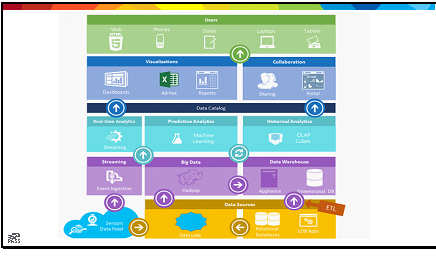 |
The goal of this presentation was to explore the Microsoft Data Platform from the perspective of a SQL Server professional; I found this great conceptual diagram of the platform from this website a while back, and wanted to use it as a framework. I figured the best way to teach a subject was the same way I teach my 3-year-old: a little bit of whimsy.
Enjoy. |
 |
You have brains in your head And SQL Skills to boot You’ll soar to great heights On the Data Platform too You’re on your own, and you know what you know, And YOU are the one who’ll decide where to go. You’ve mastered tables, columns and rows, OHHHHH MYYYY |
 |
You may even have dabbled in a little B.I. You’re a data professional, full of zest, But now you’re wondering “What comes next?” |
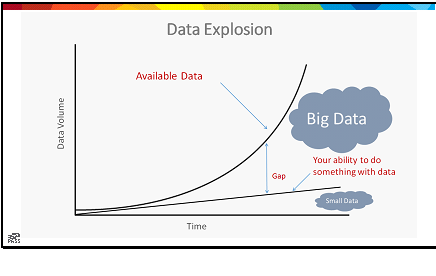 |
Data! It’s more than just SQL, And there’s a slew of it coming, measured without equal. Zettabytes, YotaBytes, XenoBytes and more All coming our way, faster than ever before. So what should we do? How should we act? Should we rest on our laurels? Should we lie on our backs? Do we sit idly by, while the going gets tough? No… no, we step up our game and start learning new stuff!
|
 |
Oh, the places you’ll go! ARCHITECTURE Let’s start with the Theories, The things you should know Designing systems as services, Are the route you might go. Distributed, scalable Compute on Demand The Internet of Things And all that it commands. |
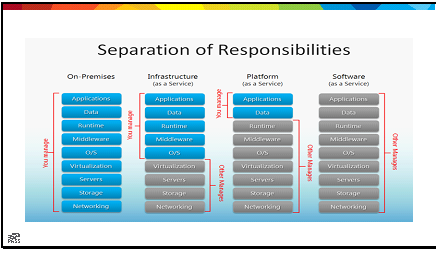 |
Infrastructure is base, Platform is in line Software and data Rest on top of design Once you’ve grasped this Once you’ve settled in You’ve embraced cloud thinking Even while staying on-prem. |
 |
But beyond the cloud, there’s data itself. Structured, polyschematic, binary, and log Centralized or on the edge, Some might say “in the fog” |
 |
Big Data, Fast Data, Dark, New and Lost All of it needs management, all at some cost There’s opportunity there to discover something new But it will take somebody, somebody with skills like you. Beyond relational, moving deep into insight We must embrace new directions, and bring data to life And there’s so many directions to go! |
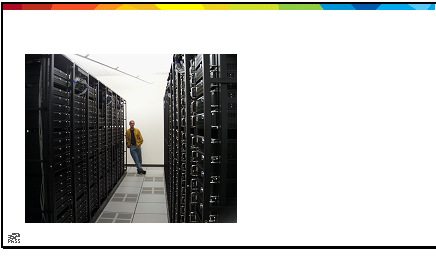 |
ADMINISTRATORS For those of you who prefer administration System engineering and server calibration You need to acknowledge, and you probably do You’ll manage more systems, with resources few. Automation and scripting are the tools of the trade Learn powershell to step up your game. Take what you know about managing SQL And apply it to more tech; you’ll be without equal |
 |
Besides the familiar, disk memory CPU There’s virtualization and networking too In the future you might even manage a zoo, Clustering elephants, and a penguin or two.
|
 |
But it all hinges on answering things Making servers reliable and performance tuning, Monitoring, maintenance, backup strategies All of these things you do with some ease. And it doesn’t matter if the data is relational Your strategies and skills will make you sensational All it takes is some get up, and little bit of go And you’re on your way, ready to know. |
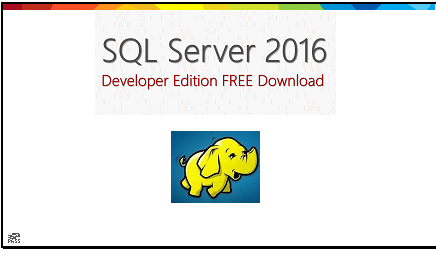 |
So start building a server, and try something new SQL Server is free, Hadoop is too. Tinker and learn in your spare time Let your passions drive you and you’ll be just fine DEVELOPERS But maybe you’re a T-SQL kind of geek, And it’s the languages of data that you want to speak There’s lots of different directions for you Too many to cover, but I’ll try a few |
 |
You could talk like a pirate And learn to speak R Statistics, and Science! I’m sure you’ll go far Additional queries for XML and JSON Built in SQL Server, the latest edition. |
 |
You can learn HiveQL, if Big Data’s your thing And interface with Tez, Spark, or just MapReducing U_SQL is the language of the Azure Data Lake A full-functioned dialect; what progress you could make! There’s LINQ and C-Sharp, and so many more Ways to write your code against the datastores You could write streaming queries against Streaminsight And answer questions against data in flight. |
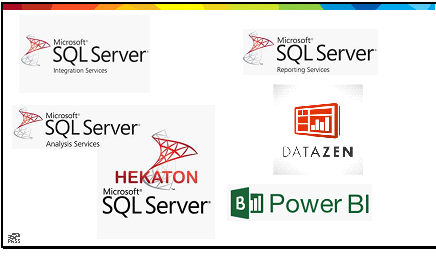 |
And lest I overlook, or lest I forget, There’s products and processes still to mention yet. SSIS, SSAS, In-memory design SSRS, DataZen, and Power BI All of these things, all of these tools Are waiting to be used, are waiting for you. You just start down the path, a direction you know And soon you’ll be learning, your brain all aglow |
 |
And, oh, the places you’ll go. And once you get there, wherever you go. Don’t forget to write, and let somebody know. Blog, tweet, present what you’ve mastered And help someone else get there a little faster. |
Feel free to leave a comment if you like, or follow me on Twitter: @codegumbo
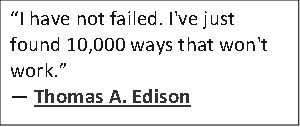
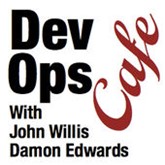
 Continuing in my efforts to chronicle myths of kanban utilization, I thought I would tackle the second biggest misconception I see surrounding kanban boards. As I discussed in my
Continuing in my efforts to chronicle myths of kanban utilization, I thought I would tackle the second biggest misconception I see surrounding kanban boards. As I discussed in my 
 Heard a great podcast the other day from the team at
Heard a great podcast the other day from the team at 